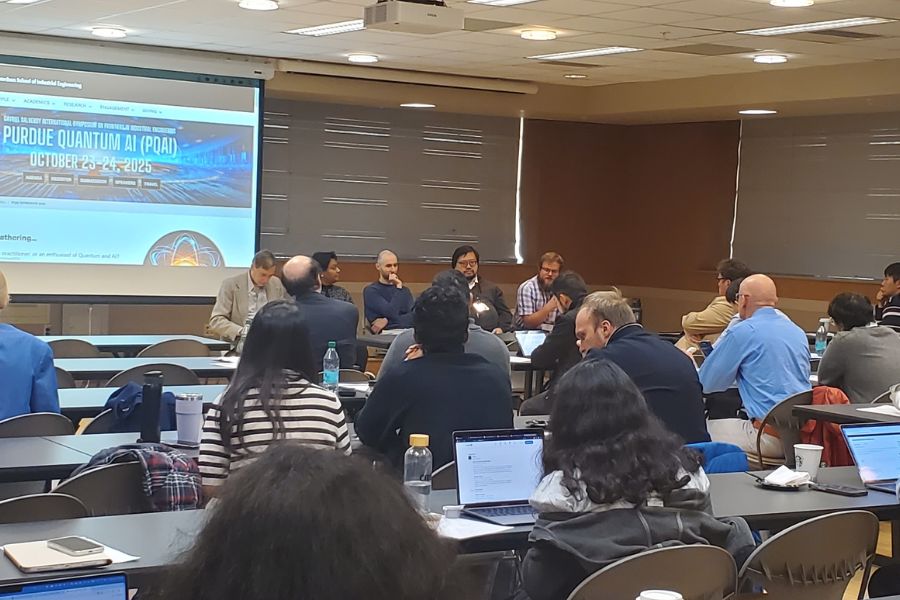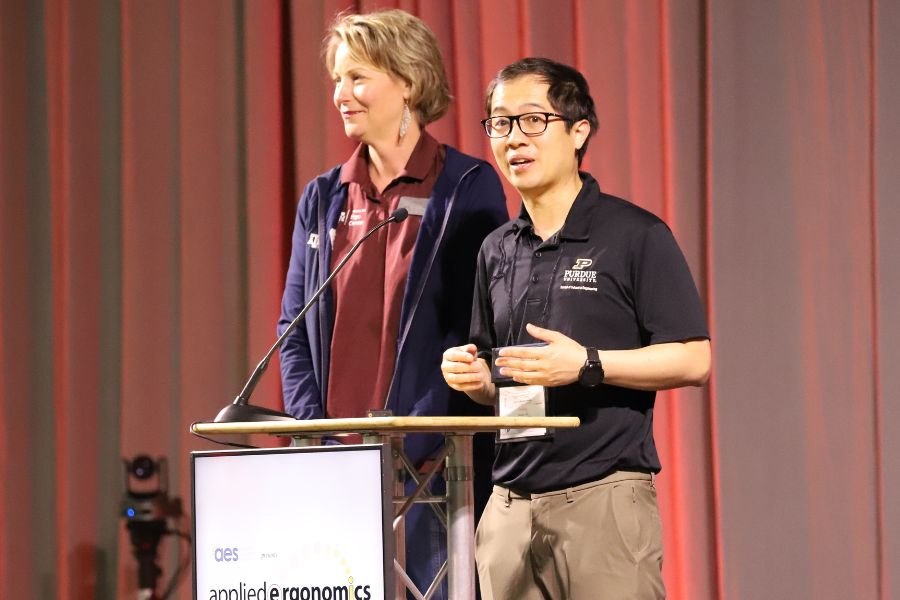Sensing, computer vision, and artificial intelligence techniques for physical ergonomics
A computer vision approach for classifying isometric grip force exertion levels
xposure to high and/or repetitive force exertions can lead to musculoskeletal injuries. However, measuring worker force exertion levels is challenging, and existing techniques can be intrusive, interfere with human–machine interface, and/or limited by subjectivity. In this work, computer vision techniques are developed to detect isometric grip exertions using facial videos and wearable photoplethysmogram. Eighteen participants (19–24 years) performed isometric grip exertions at varying levels of maximum voluntary contraction. Novel features that predict forces were identified and extracted from video and photoplethysmogram data. Two experiments with two (High/Low) and three (0%MVC/50%MVC/100%MVC) labels were performed to classify exertions. The Deep Neural Network classifier performed the best with 96% and 87% accuracy for two- and three-level classifications, respectively. This approach was robust to leave subjects out during cross-validation (86% accuracy when 3-subjects were left out) and robust to noise (i.e. 89% accuracy for correctly classifying talking activities as low force exertions).
Tactile Gloves Predict Load Weight During Lifting With Deep Neural Networks
Overexertion in lifting tasks is one of the leading causes of occupational injuries. The load weight is the key information required to evaluate the risk of a lifting task. However, weight varies across different objects and is unknown in many circumstances. Existing methods of estimating the load weight without manual weighing focused on analyzing body kinematics or muscle activations, which either utilize indirect indicators or require intrusive sensors. This study proposed using tactile gloves as a new modality to predict the load weight. Hand pressure data measured by tactile gloves during each lift were formulated as a 2-D matrix containing spatial and temporal information.
The introduction of robotic technology has revolutionized radical prostatectomy surgery. However, the potential benefits of robotic techniques may have trade-offs in increased mental demand for the surgeon and the physical demand for the assisting surgeon. This study employed an innovative motion tracking tool along with validated workload questionnaire to assess the ergonomics and workload for both assisting and console surgeons intraoperatively.














